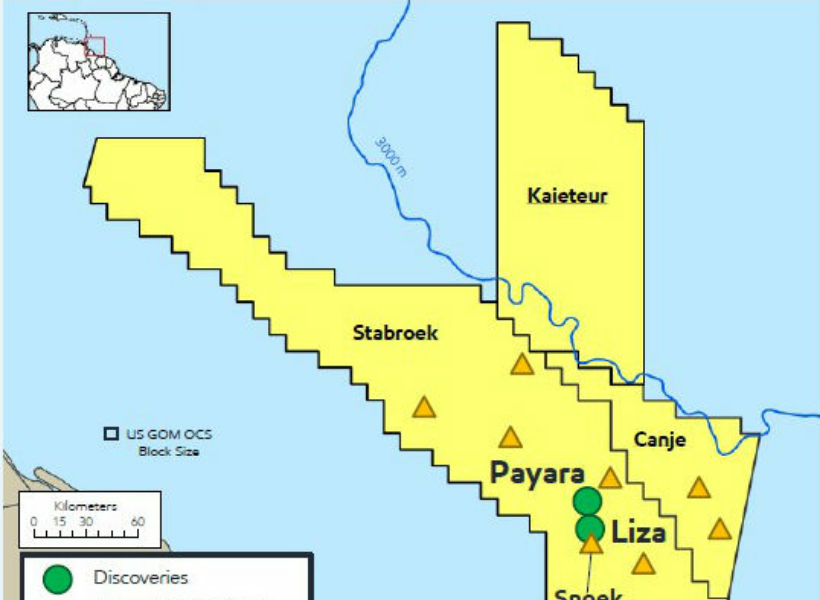Dear Editor,
At his weekly press conference, a Kaieteur News (KN) journalist asked Vice President, Dr. Bharrat Jagdeo when the oil resources will be exhausted from the Liza field in the Stabroek Block. Despite the Vice President’s pellucid explanation about the peaks and troughs of the production profile, KN still believes that the Liza filed has a lifespan that is much shorter than 20 years.
KN’s views hinges on a very simplistic assessment of the project economics of the field. In so doing, they have used the reported estimated volume of the field, and based on the current daily production rate, calculated the production lifespan of the field. However, the key word ignored here is that the stated reserves per field is an “estimate”.
The lifecycle of these projects which include three stages―namely: exploration, development, and production spans on average 30-40 years. In the case of Guyana, for example, exploration prior to the discovery of oil in commercial quantities lasted fifteen (15) years, followed by the development stage which spanned another five (5) years before moving into production. And according to the terms of the production license, this is another twenty (20) years to extract the resource. In other words, it took twenty years before a single barrel of crude oil was extracted, thereby generating revenue.
More specifically, an elementary understanding of the decline curves is a pre-requisite before engaging in these debates/discussion. In the petroleum economics literature, the decline curve states that when oil and gas is initially produced it is known as primary production. Though there are a few exceptions, production from a strong water-drive reservoir may initially be flat. However, as oil or gas is produced, the water moves toward the well and eventually begins to be produced at which time oil or gas production begins to decline. In cases where the production is limited to production facilities, the production is curtailed (CED engineering).
“As time passes, the reservoir pressure declines to a point when the well can no longer produce at the curtailed rate and production begins to decline. To increase production and reserves in oil and gas wells, water, or other fluids (gas, CO2, etc.) may be injected into the reservoir. This is more common in oil reservoirs than gas reservoirs.
Injecting fluids requires additional wells to be drilled, or some of the existing producing wells be converted to injection wells. The purpose of these injected fluids is to increase the reservoir pressure and push oil and gas to the production wells. If this occurs during or after primary production, this is known as secondary recovery. If some form of secondary recovery has already been done, then it is known as tertiary recovery.
The oil and gas production from secondary and tertiary recovery projects will typically increase until some point in time and then eventually decline as those injected fluids, along with oil and gas is produced.” (CED engineering). Further, “regardless of whether a well is under primary, secondary, or tertiary production, it should be evident that production from wells will eventually decline. That being the case, this course will present information about methods used to forecast production decline. These methods are known as decline curve forecasts” (CED engineering).
With the aforementioned in mind, it therefore follows that any attempt to delay new developments, could cause the momentum in the industry to be disrupted at the expense of slowing down economic activities in the broader economy and throughout the oil and gas value chain―only for supposedly higher short-term gains. Alternatively, by ramping up production, inter alia, encouraging ongoing exploration and development of the resource at a rapid pace, over the longer-term, higher economic rent is more likely to be accrued in the form of the Government’s share of profit oil, all other things being equal.
Finally, when doing modelling production forecasts, one has to be mindful of the foregoing nuances, as opposed to the more simplistic perspective.
Yours respectfully,
Joel Bhagwandin











